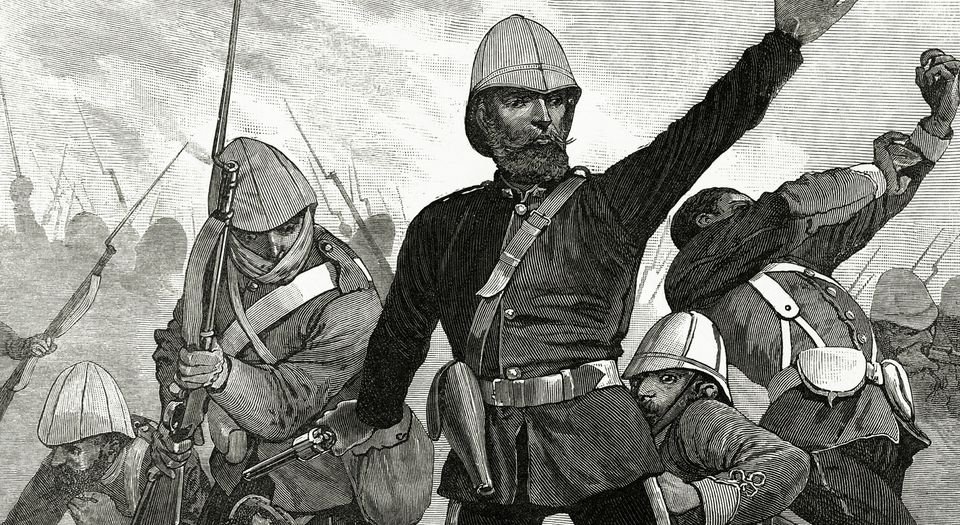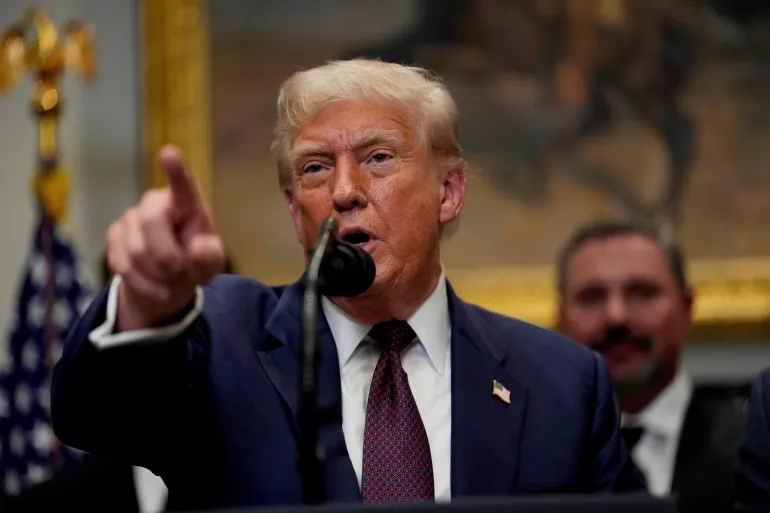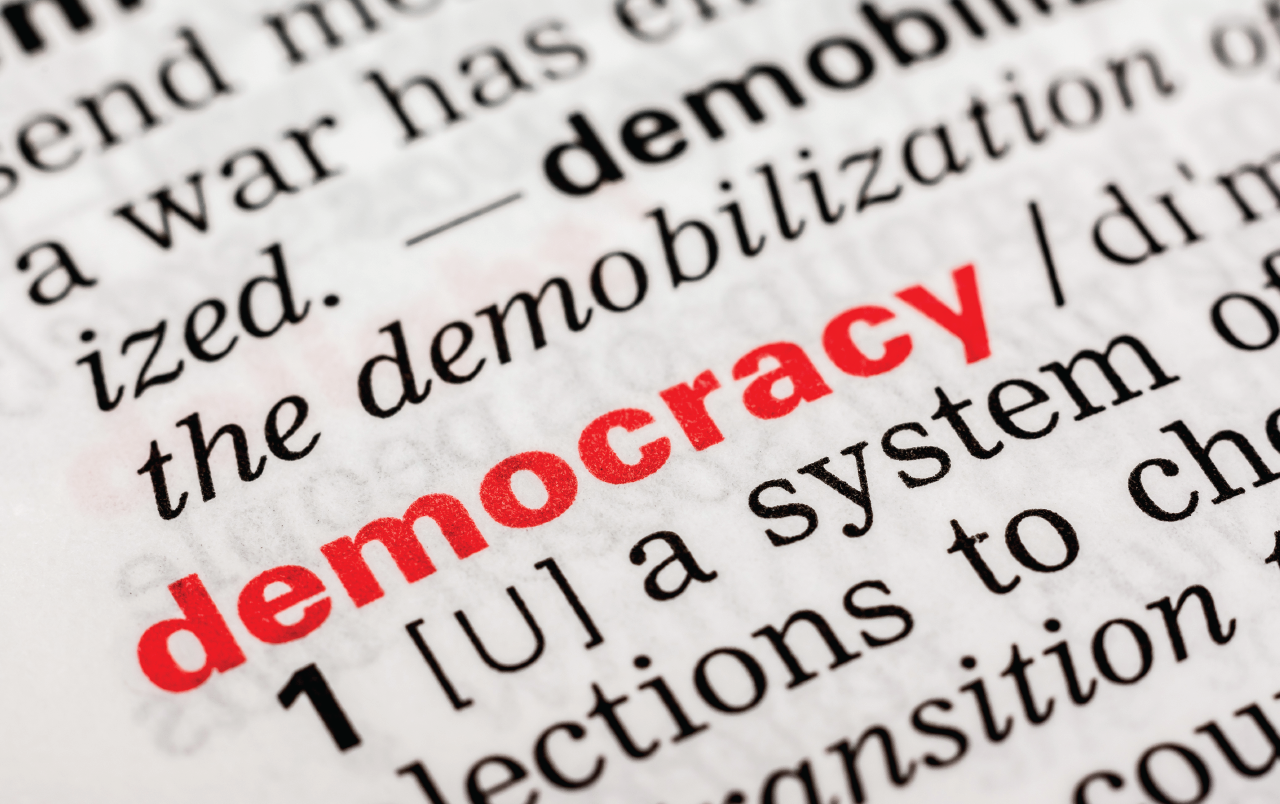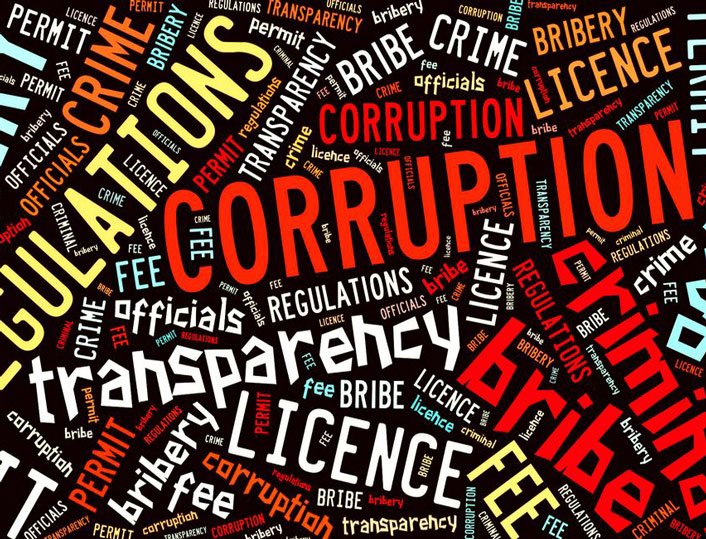Arshad Malik
The history of Pakistan and Iran relations is complex and multifaceted. The two countries share a long border, a common cultural heritage, and a history of cooperation and conflict. Here is a brief overview of the main events and issues that have shaped their bilateral ties:
- 1947-1979: The early years of friendship. Iran was the first country to recognize Pakistan as a sovereign independent state in 1947, and the two countries signed a Treaty of Friendship in 1950. They also cooperated in regional and international forums, such as the United Nations, the Non-Aligned Movement, and the Central Treaty Organization (CENTO). Iran supported Pakistan in the Indo-Pakistani wars of 1965 and 1971, and both countries opposed Baloch separatism and collaborated in the 1970s Balochistan operation. Pakistan was the first country to recognize the Islamic Republic of Iran after the Iranian Revolution of 1979.
- 1980-2001: The years of divergence and tension. The Iranian Revolution and the Soviet invasion of Afghanistan changed the regional dynamics and created new challenges and opportunities for Pakistan and Iran. Iran backed the Afghan mujahideen against the Soviet occupation, while Pakistan supported the US-led coalition and hosted millions of Afghan refugees. In the Iran-Iraq War of 1980-1988, Pakistan maintained a neutral stance. However, the rise of sectarian violence, the emergence of the Taliban in Afghanistan, and the nuclear ambitions of both countries strained their relations. Iran accused Pakistan of supporting Sunni militant groups, such as Sipah-e-Sahaba and Lashkar-e-Jhangvi, that targeted Shia Muslims in Pakistan and Iran. Pakistan accused Iran of supporting Shia militant groups, such as Tehrik-e-Jafaria and Sipah-e-Muhammad, that attacked Sunni Muslims in Pakistan. Iran also opposed the Taliban regime in Afghanistan, which Pakistan recognized and supported. Iran and Pakistan came close to a military confrontation in 1998 when the Taliban killed nine Iranian diplomats in Mazar-e-Sharif. Pakistan also conducted its first nuclear tests in 1998, which Iran condemned as a threat to regional security. Iran also pursued its own nuclear program, which Pakistan viewed with suspicion and concern.
- 2001-present: The years of cooperation and competition. The US-led war on terror after the September 11 attacks brought Pakistan and Iran closer on some issues but also created new sources of friction and rivalry. Both countries joined the international coalition against terrorism and supported the overthrow of the Taliban regime in Afghanistan. They also cooperated on border security, trade, energy, and cultural exchanges. However, they also competed for influence and interests in Afghanistan, where they backed different factions and agendas. Iran also faced increasing pressure and sanctions from the US and its allies over its nuclear program, which Pakistan tried to balance between supporting Iran’s right to peaceful nuclear energy and complying with the international obligations and norms. Pakistan also faced internal challenges from terrorism, extremism, and instability, which Iran offered to help with, but also accused Pakistan of harboring anti-Iranian militants. The most recent example of this is the Iranian missile and drone attack on Balochistan on January 17, 2024, which Iran claimed was targeting the Jaish al-Adl group, responsible for several attacks inside Iran. Pakistan condemned the attack as a violation of its sovereignty and recalled its ambassador to Iran. This incident has escalated the tensions between the two countries and raised questions about the future of their relations.
In conclusion, Pakistan and Iran relations have gone through different phases of friendship and enmity, cooperation and conflict, convergence and divergence. The two countries have many commonalities and mutual interests, but also many differences and challenges. The current situation is marked by both opportunities and threats, and requires careful diplomacy and dialogue to resolve the outstanding issues and enhance the bilateral ties.
Critical Evaluation:
Analysis of Pakistan-Iran relations provides a valuable overview of the historical complexities and current challenges. However, it would benefit from a more critical and nuanced approach to avoid oversimplification and stereotypes. Here are some points for consideration:
1. Beyond “Friendship and Enmity”: Recognizing the Spectrum of Interactions
While portraying their history as a pendulum swinging between “friendship” and “enmity” offers a basic framework, it overlooks the many shades of cooperation and competition that have characterized their relations. For instance, even during periods of heightened tension, trade and cultural exchanges continued. Additionally, the labels “friend” and “enemy” can be misleading, as both countries have collaborated with and opposed each other on various issues at different times.
2. Deconstructing the “Shared Heritage” Narrative
While cultural and religious similarities exist, emphasizing a “shared heritage” can be problematic. It can obscure the diverse histories and identities within both nations, potentially erasing internal differences and overlooking points of friction. A more nuanced understanding of cultural and historical interactions is crucial.
3. Moving Beyond the “Balochistan Issue” as a Sole Point of Contention
While the Balochistan issue is a significant source of tension, it is not the only factor shaping their relationship. Factors like regional power dynamics, the nuclear question, and competition for influence in Afghanistan also play crucial roles. Reducing their relationship solely to the Balochistan issue risks overlooking the broader context and complex interplay of interests.
4. Critically Examining the “Sectarian Violence” Narrative
Attributing sectarian violence solely to Iranian-backed Shia groups or Pakistani-backed Sunni groups is overly simplistic. Internal dynamics, political manipulations, and broader regional factors also contribute to these conflicts. A more critical analysis that avoids simplistic attributions is necessary.
5. Beyond “Cooperation and Competition” in Afghanistan
While framing their relationship in Afghanistan solely through a lens of “cooperation and competition” misses the complexities of their involvement. Both countries have pursued multifaceted strategies in Afghanistan, engaging with different factions and sometimes even shifting alliances. Understanding the nuances of their individual goals and evolving strategies is crucial for a more accurate picture.
6. Moving Beyond the “Nuclear Question” as a Binary Issue
While the nuclear programs of both countries raise concerns, portraying the issue as a simple question of “right to peaceful nuclear energy” versus “threat to regional security” is overly simplistic. Both countries have legitimate concerns and complex motivations regarding their nuclear programs. A more nuanced understanding of these motivations and the regional security dynamics at play is necessary.
7. Avoiding Essentialism and Recognizing Internal Dynamics
Both Iran and Pakistan are internally diverse societies with competing political factions and varying perspectives on their relationship with each other. Essentializing their positions as monolithic entities risks overlooking the internal debates and complexities within each country.
8. Moving Beyond the “Recent Attack” as the Sole Determinant of Future Relations
While the recent attack on Balochistan undoubtedly escalates tensions, it is crucial to avoid reducing their future relationship to this single event. A long-term perspective that considers the historical context, ongoing dialogues, and underlying interests is necessary to understand the trajectory of their relationship.
In conclusion, the analysis provides a valuable starting point for understanding the complex dynamics of Pakistan-Iran relations. However, by moving beyond simplistic narratives, recognizing the spectrum of interactions, and critically examining the key issues, we can gain a more nuanced and accurate understanding of this multifaceted relationship, paving the way for more constructive engagement and dialogue in the future.
Please, subscribe to the YouTube channel of republicpolicy.com















